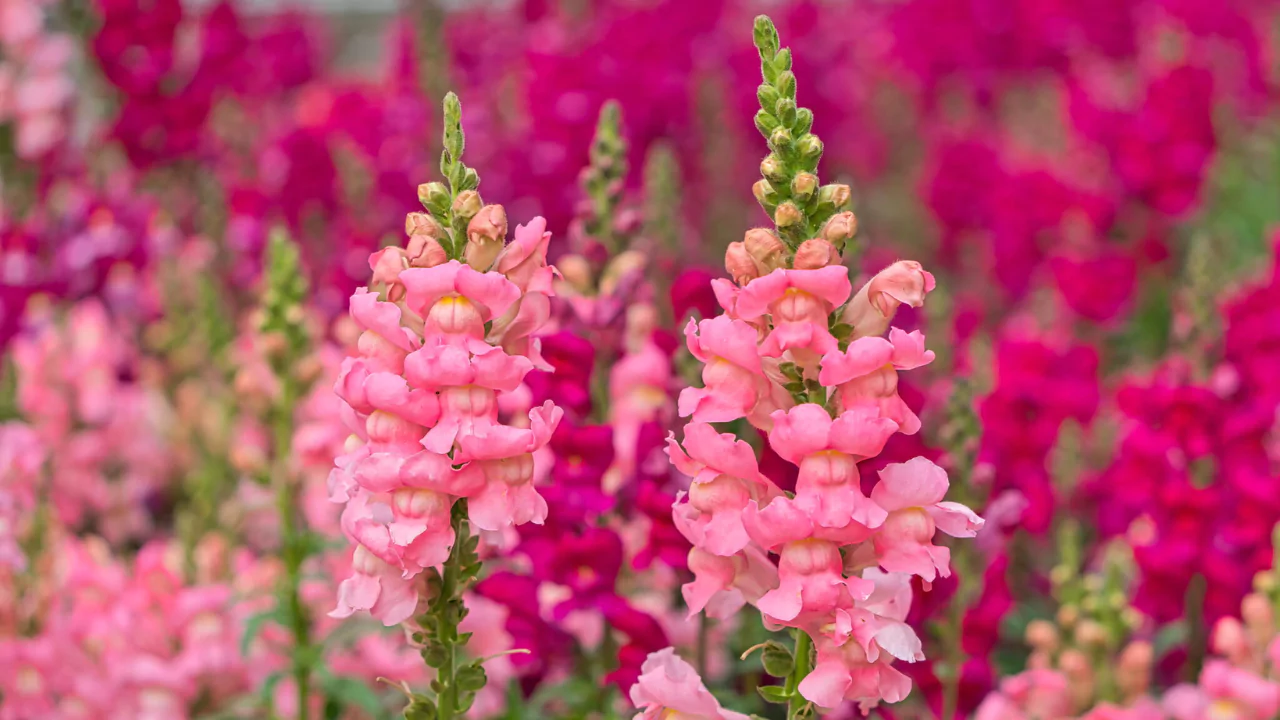
Children particularly enjoy the squeezing of “dragons” dubbed as snapdragons which flower in the shape of their mouth. These enchanting and colorful annuals are available in almost every shade of pink, red or yellow.
They are an integral part to traditional gardens as much as they are to modern ones.
Planting and Care for Snapdragons
The growing of snapdragons can be relatively easy provided one uses well-drained garden soil. In most locations, full sun exposure is essential for the growth of flowers but due to overwhelming heat they prefer partial shade on hot days.
Snapdragons do not require significant feeding, however, when compost is added alongside soil, it supplies all nutrients necessary towards strengthening their growth alongside three excelent blooms.
You can start snapdragon seeds indoors or purchase nursery transplants. For regions such as Southern California, gardeners tend to sow their snapdragon seeds during fall or winter in anticipation of spring blooming.
Plant small varieties’ seedlings 6 to 8 inches apart, while taller types require 12-inch spacing. The ultimate size of your snapdragons determines spacing. They can range anywhere from 8 inches to 4 feet tall.
Snapdragons bloom prolifically until late season heat with flower “deadheading.” Remove spent blooms for more vigorous flowering and continued bloom until weather turns too hot.
Once blooms decline, trim stems back to five inches above the ground, then water well to promote regrowth for late-season blooming prior to frost blanket.
Snapdragon Pests and Diseases
Several fungal diseases can affect snapdragons. Adhering to practices such as providing good air circulation in the garden, avoiding overhead watering, and maintaining cleanliness in the garden area will mitigate a majority of these issues.
Landscape Uses and Snapdragons
Small snapdragons are charming bedding plants that blend well with other annuals in the flower garden. The taller types are all quite useful in left-over decoratives, along a fence, or in the back of a border where they could be planted. You might have to provide supports to the tall old-fashioned varieties.
Snapdragon Propagation
Some gardeners allow their snapdragons to mature, go to seed, and then collect the seeds. It is preferable to buy transplants or seeds from reliable suppliers if specific kinds of snaps are desired.